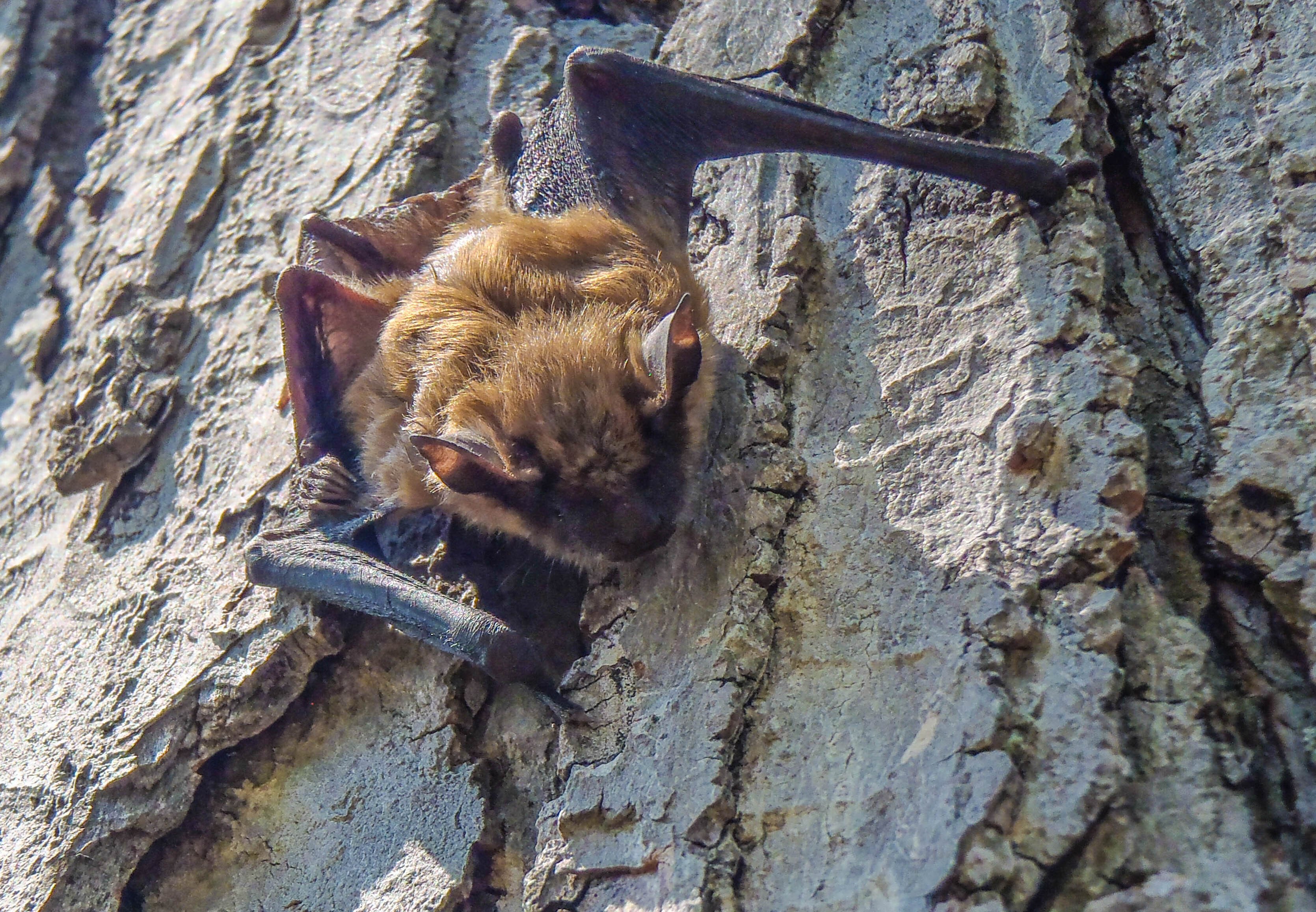Bat Control: Why You Need Professional Help

For some, bats are fascinating. For others, they are terrifying. Regardless of your feelings about these legendary creatures of the night, odds are you don’t want them moving into your home. What attracts bats? How do you keep them away? Find out in the Viking Pest Control blog.
The first thing to keep in mind when dealing with bats is that they are a protected species in many states, including New Jersey, Pennsylvania, and Maryland. Additionally, there are federal laws in place protecting a variety of bat species. For this reason alone, it’s risky to take a DIY approach to resolving your bat problems. It’s not worth risking legal trouble to get rid of bats in and around your home.
Bats have legal protections for a number of reasons, but the most significant might be the fact that they consume dangerous insects. Did you know that mosquitoes kill more people every year than all other animals including other humans? This occurs because of deadly mosquito-borne diseases. Historically, bats have been introduced to a number of different regions specifically because of their magnificent ability to manage insect populations.
Odds are if you are seeing a lot of bats it’s precisely because your property has a healthy insect ecosystem. Yards that feature dense vegetation attract more insects which will, in turn, attract more bats. In addition to insects, bats also require a water source, so if there is a pond or creek on the property or in the nearby surrounding area there will be an increased chance of bat activity. In some circumstances, clogged rain gutters can hold enough water to satisfy their needs. Night-blooming flowers like nicotiana, four o'clocks, petunias, and moonflowers will attract insects, thus attracting bats to the area so proper selection of ornamental plants can play a part in making your property less attractive to bats.
While bats are beneficial, problems arise when they roost in our homes. Typically, bats will enter attic spaces through unscreened roof and gable vents and gaps they find along the roofline. They also love to snuggle themselves into the gap between the siding and the rake boards of your home, which can be problematic when their droppings fall onto the areas beneath their roosting sites. Gaps and openings should be sealed, and vents should be properly screened to prevent entry. Even better, you can install bat houses on your property that can give them another roosting option besides your home.
There are laws in place to protect bats as they play an important role in controlling insect populations. Before attempting any kind of exclusion work to keep the bats out of your home please check for any applicable regulations in your area. Even better, hire a properly certified pest control or wildlife control company to safely exclude the bats from the property.
Humane bat exclusion is available from Viking Pest, but only when allowed by the state. For example, Bat exclusion can legally be performed April 1 – 30 and August 1 – October 15 in New Jersey as mandated by the NJ Division of Fish and Wildlife. Call Viking Pest at (800)618-2847 to get a free bat quote.











